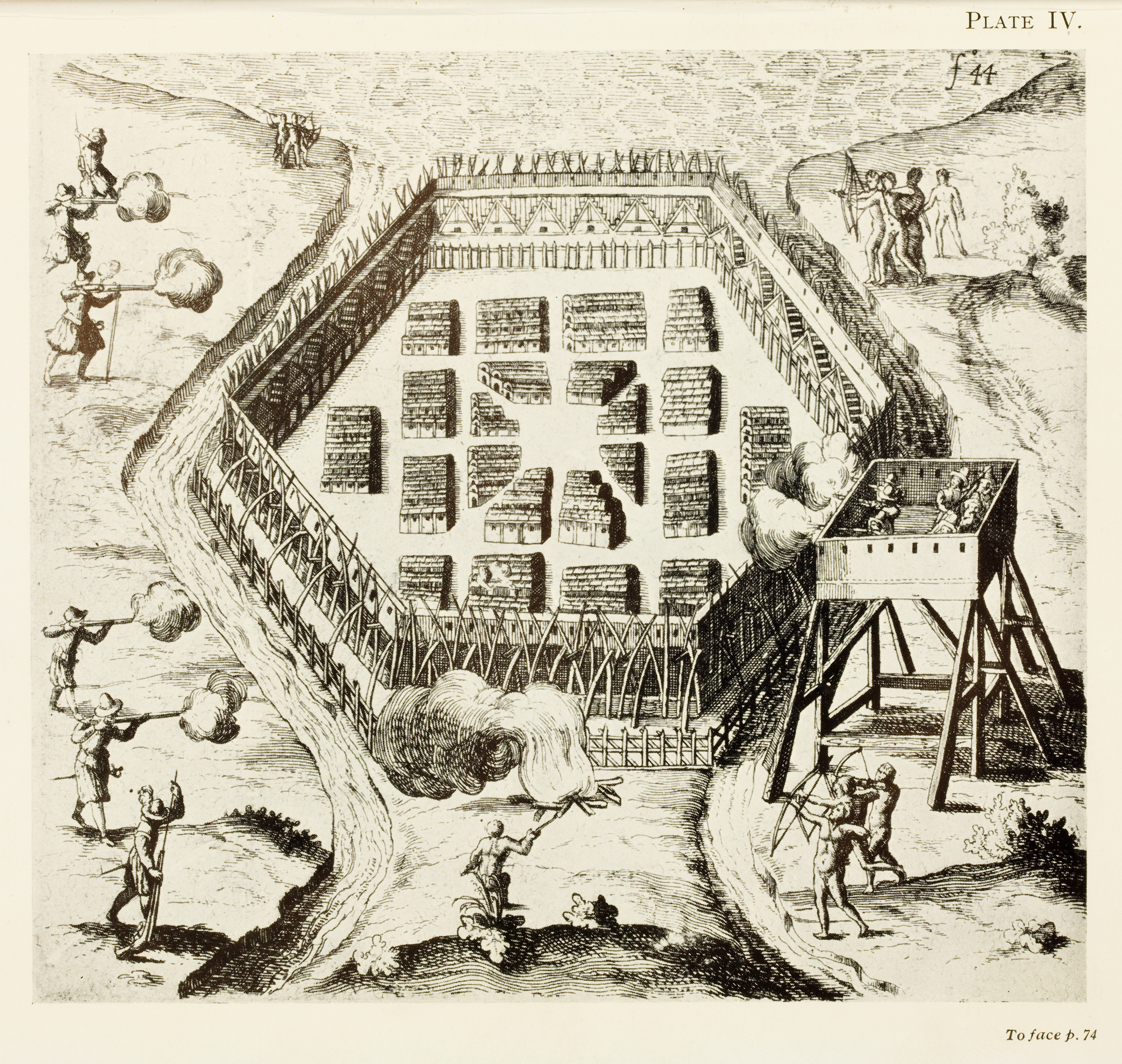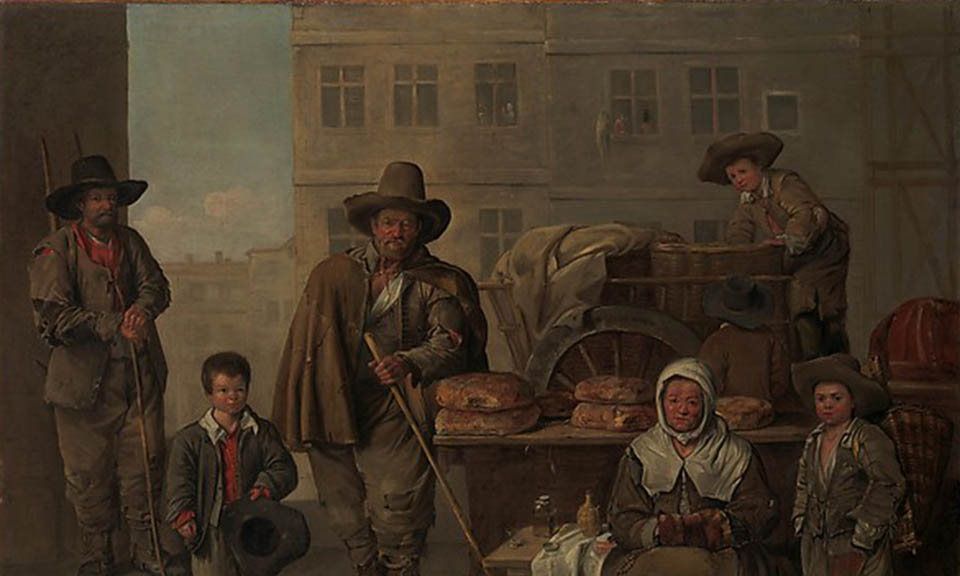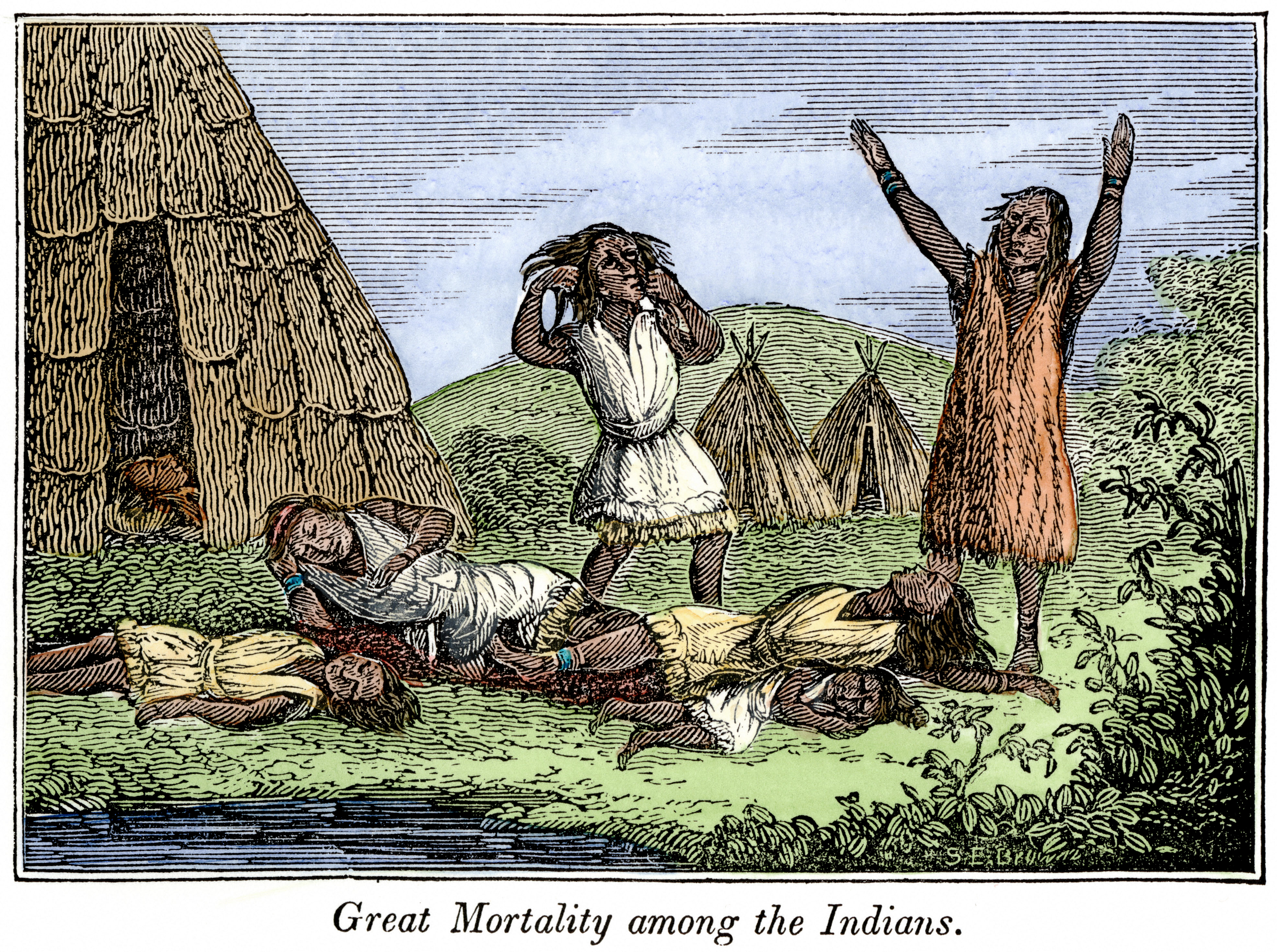Native Americans
The first European settlers in New England and New Netherland were primarily interested in selling profitable commodities such as animal pelts and lumber to their mother countries. For the hard but critical work of growing their food and building their towns, these merchants looked to the local indigenous populations to supply unskilled labor.
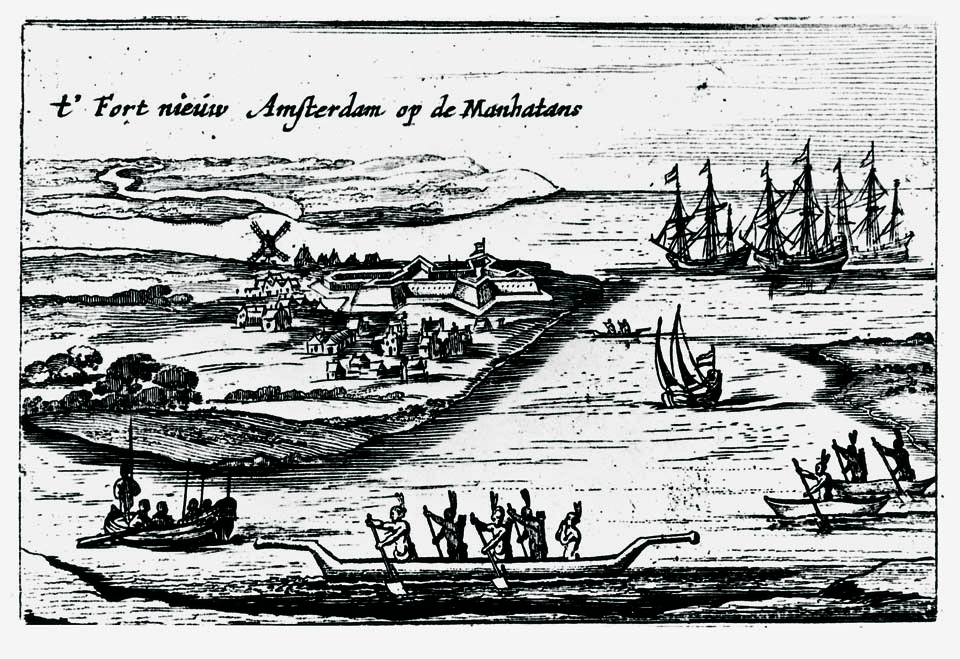
Local Native Americans were eager to form trade alliances with colonists. They supplied furs and food crops in return for metalware, weapons, and military support against enemies and competitors.
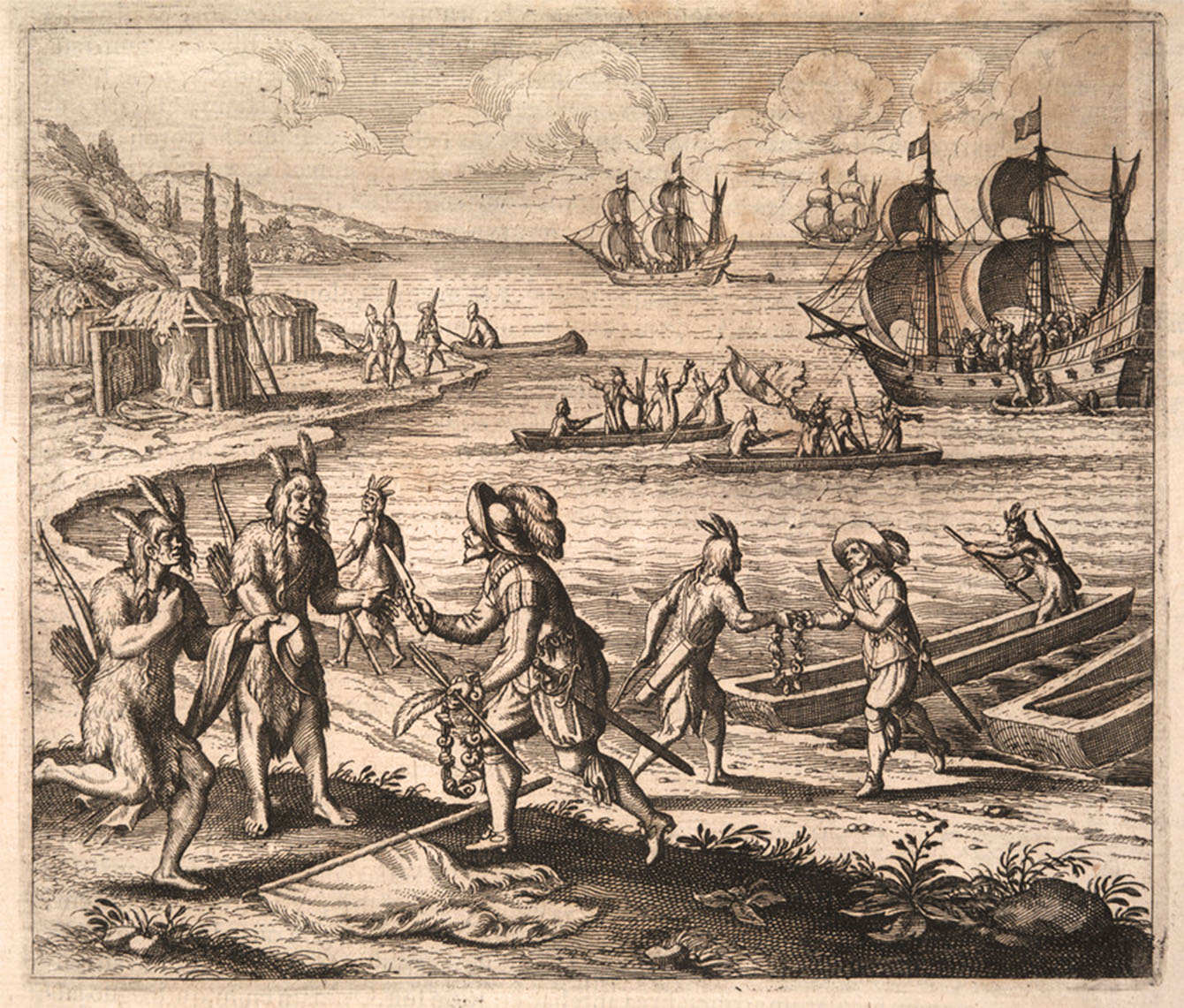
Most Native American populations belonged to large, powerful confederacies. European colonists sometimes instigated conflicts among these confederacies and used the resulting disputes to their own advantage—by purchasing Native American prisoners of war to use for forced labor.
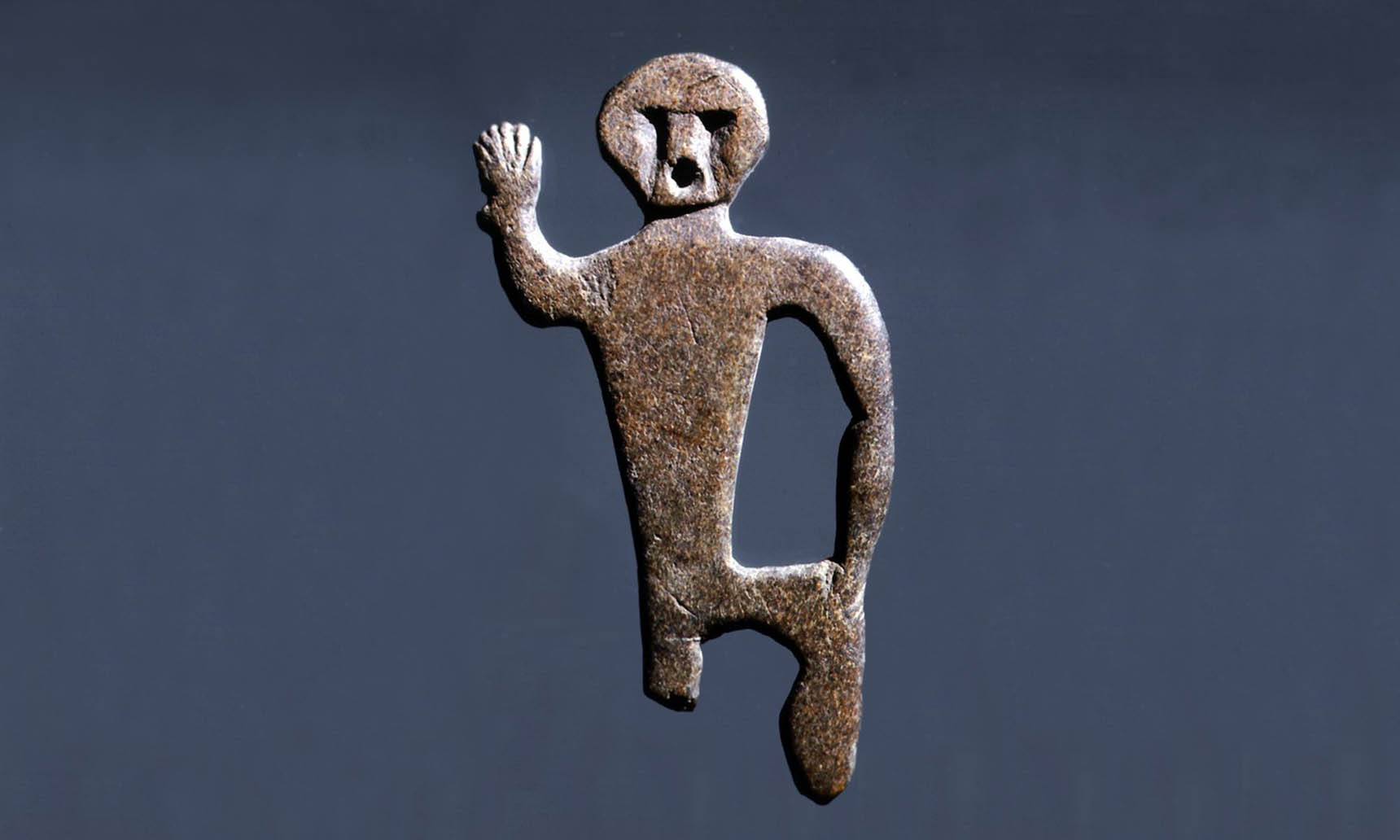
As part of their plan to exploit the resources of North America, European colonists forced Native Americans to clear land, till soil, and do other hard labor. Many of these captives chose to self-emancipate by escaping back to their nations or other parts of the North American interior.
Because there were both free and captive indigenous people in the colonies, it was possible for previously enslaved Native Americans to avoid reenslavement.

As colonists claimed more territory as their own, moving from the coast towards the interior, Native American leaders pushed back against this invasion.
Native Americans attacked colonial settlements and colonists retaliated. These wars killed thousands of indigenous people and forced many more off their lands.
